Tiny House Insurance
Tiny house insurance can be hard to come by. If they insure tiny homes at all, most insurance companies will only cover tiny homes under one of two conditions:
1. Built in an approved facility to RVIA standards or
2. Built by an approved builder that offers a NOAH certification.
Even under the best of circumstances, insurance companies struggle to find a risk category acceptable to the underwriters.
When it comes to a self-built tiny, finding insurance is next to impossible. If you have a Skoolie, converted campervan, or yurt, brace yourself for the headache that comes when you beat your head against a wall.
Let’s say you actually found a company that was willing to insure your tiny. Did their quote for coverage break threaten to break your budget? Sometimes you can get liability (only) insurance through your auto policy by classifying your tiny home as a ‘tow load’. Sadly, your coverage ends the moment you disconnect it from your vehicle.
If you travel extensively, adding the multi-state option could drive your premium even higher.
If it sounds like all is lost, fear not! We here at Tiny Life Consulting found a solution.
We Found A Solid Insurance Company for Tiny Homes
Mac Insurance company will insure your tiny house even if it is a DIY build. They specialize in all shapes and sizes, including tiny houses on wheels, small houses, cabins, DIY structures, Skoolies and more!
Whether you’re stationary or plan to travel around the country, Mac Insurance Company can insure your home.
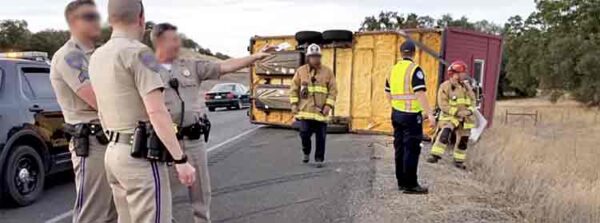
Tiny house crashes on highway. From Tiny House Giant Journey YouTube video. Click on image to see video.
Things That Affect Your Insurance Premium
In addition to the type of property being insured, here are some things that affect your insurance premium:
- Credit Score. Insurance companies assume that someone who makes their payments on time is a good person and a safer bet than someone who doesn’t. See this page on ways to improve your credit score.
- Drive Carefully. Tickets, accidents, and DUIs will affect your premium, even if it’s for a stationary property. These indicate to the insurance company what kind of risk you are.
- Claims History. They’ll check your record all the way back. If you’ve had claims or claims against you, be prepared to pay a higher premium.
- Having the Minimum Auto Insurance. Underwriters look harshly upon those who carry the bare minimum of coverage.
- Owning your Own Home. Homeowners as a rule are more cautious and responsible, so underwriters view them favorably.
- Married people have better rates.
- The State you Live In. People are grouped by geographical areas. Claims from things like hail, tornadoes, hurricanes, and earthquakes are taken into account to determine their risk.
- Living Near Water. Homeowners in Florida pay a high premium because of flooding.
- Certain Dog Breeds. Having aggressive pets or exotic animals can negatively effect your premiums.
- Distance From a Fire Station or Fire Hydrant. The insurance agent uses a Fire Suppression Rating Schedule from the Insurance Services Office to determine your home’s fire risk.
- Bundling Your Insurance. You can bundle your car and RV insurance, homeowners insurance, and personal property insurance all with the same company.
- Staying With the Same Company. We’ve been with this company for many years. That helps lower our rates even though we’ve had a few claims.
Different Types of Insurance Coverage
- Coverage A: Dwelling. If you buy a pre-built tiny home, it’s covered for the amount it was sold for. If you built it yourself, then it’s covered for the amount of materials and labor used, based on your receipts. Keep them! Additional coverage can include 100% replacement in case the house is stolen.
- Coverage B: This is for other structures like decks, solar panels, and sheds.
- Coverage C: Contents. All personal belongings within the structure. The contents may be covered for the replacement cost, not a depreciated value. Again, keep your receipts. You can also get $3,000.00 worth of coverage to cover theft of contents.
- Trip Endorsement: Covers your tiny house while being moved.
- Liability: This will cover costs if someone is hurt on your property, or while your home is being moved.
Tiny House Insurance May Be Hard to Find, but it’s Vitally Important
You need insurance, but few companies will insure tiny homes. The choices are improving but premiums are high.
I don’t know of anyone who will insure a DIY except Mac Insurance. Because they are a small firm they have the flexibility to write a policy just for you. They’ll cover not only tiny homes on wheels, but skoolies, campervans, tiny cabins, and other DIY structures. Even though they’re located in Portland, Oregon they can issue coverage in over 40 states.
If you’re having a hard time finding insurance, click to their website and fill out the form asking for a quote. It’s free and there’s no obligation. The process is really fast, and minimal inspections are required. Plus, your home doesn’t need to be built to RVIA standards or have any certifications.
When requesting a quote, you will see a drop-down menu to choose who sent you. PLEASE choose Tiny Life Consulting! We would appreciate it.
We are excited we found this important opportunity for tiny home dwellers. Mac Insurance offers many types of insurance, so you can bundle and save.
Other pages of the Tiny Life Consulting website you’ll be interested in
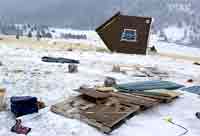
2021 International Tiny House Provisions
Tiny House Certification Companies
Understanding Tiny Home Ownership Tiny Vs Conventional
Building Tiny House On Your Land
Preventing Tiny House Blow-Over
Permanent Tiny House Foundations

Roamly insures RV’s and is especially handy of you want to rent your RV to someone. They also offer coverage for all RVs, including unique inventory like DIY, as well as uplifted Class B’s and camper vans. Check the details on this page: Roamly RV Insurance Compared to Progressive


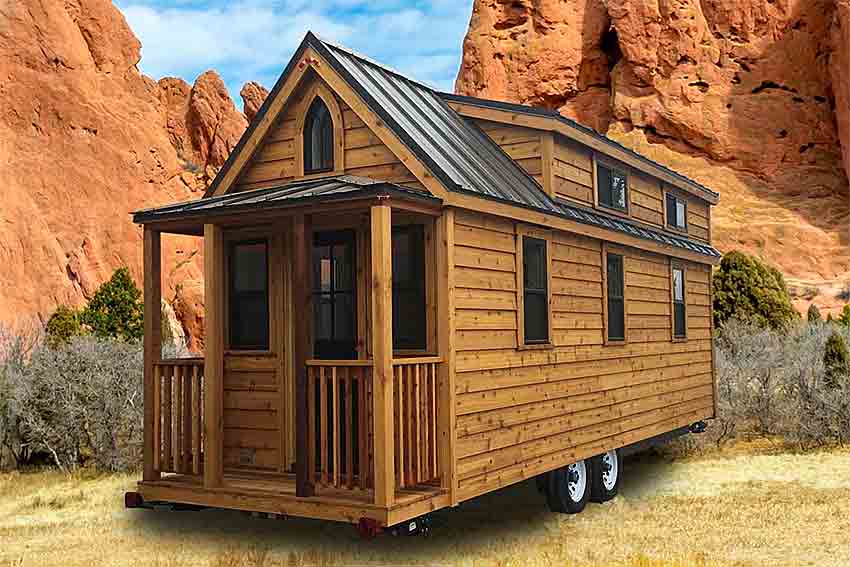

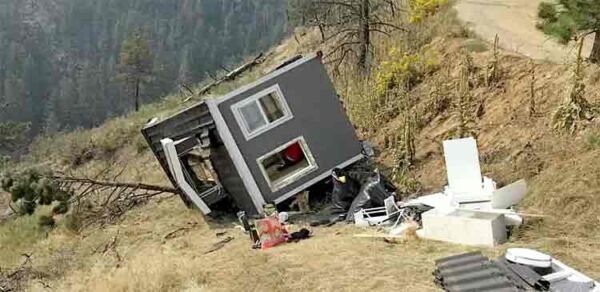
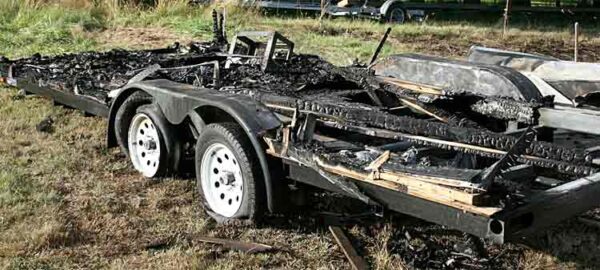

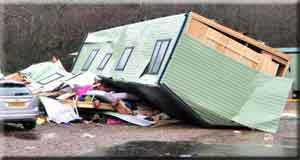
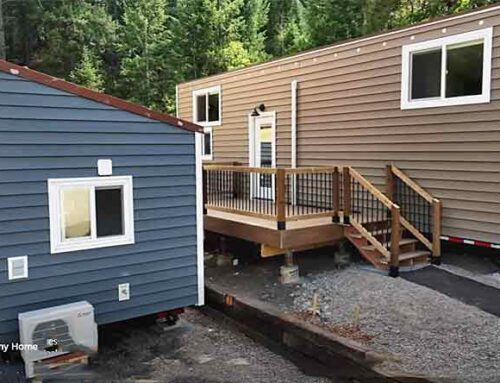
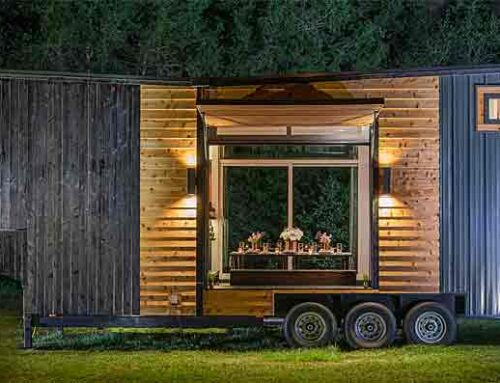
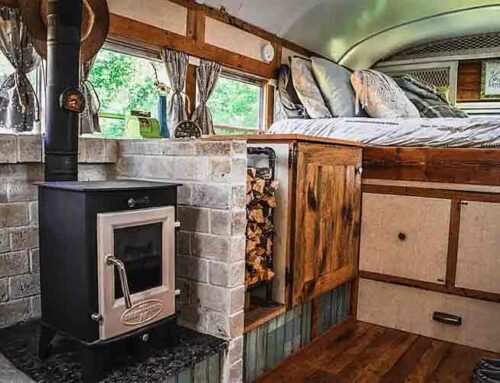
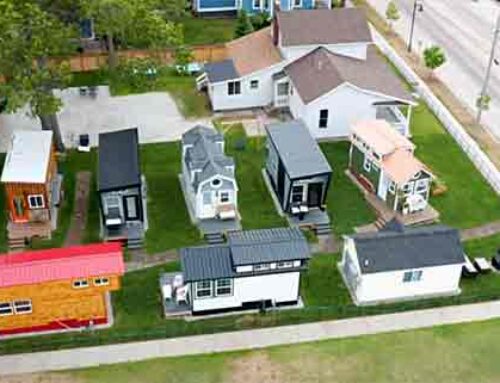
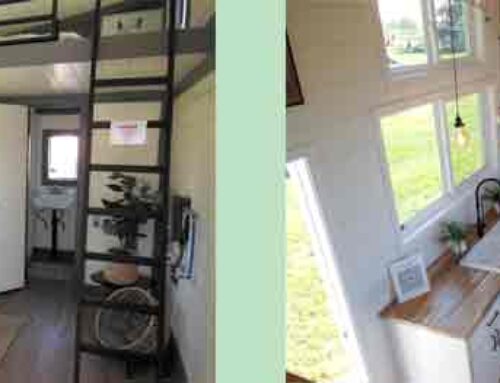
Leave A Comment